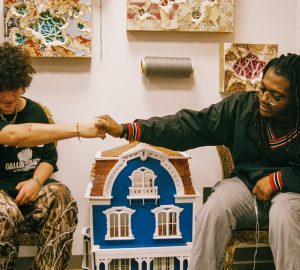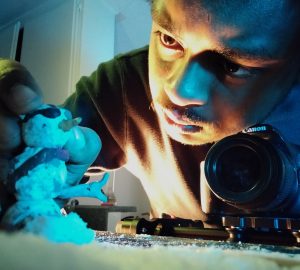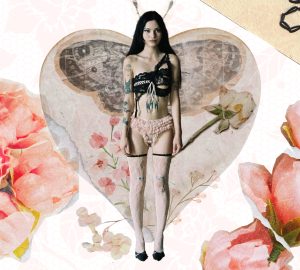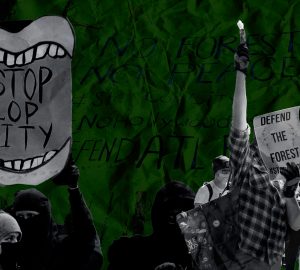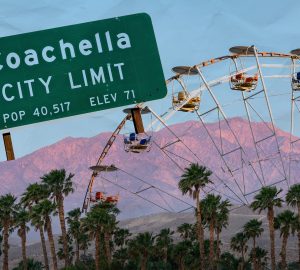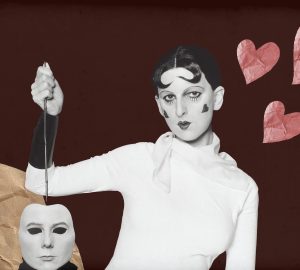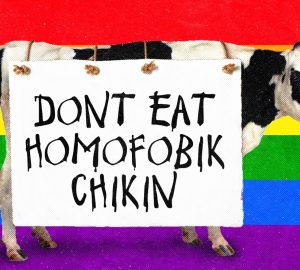no images were found
According to a recent New York Times article, the new rubric for encompassing sexual diversity outside of vanilla heterosexuality is L.G.B.T.Q.I.A. That’s right. Three more letters have been added. Q for “queer” or “questioning,” I for “intersex,” and A for “ally” or “asexual.” The point is to not leave anyone out, to provide a home and safe haven for the sexually shunned and to recognize that anyone’s perceived “abnormality” is quite normal in the grand scheme of human experience.On first thought, this feels like a good idea. I want to imagine huddled masses of sexually liberated individuals coming together, joining hands and singing Kumbaya but I know better. Just because we’ve packed a variety of sexual identities into a nice, neat collection of letters doesn’t mean that our understanding or acceptance of each other is going to automatically improve. If anything, we further run the risk of alienation.
When I first began my journey here at SCAD, I made friends with several amazing fellow students and writers. I knew them by their names, personalities, their writing styles and the sound of their laughter. I never asked about their sexual identity because it didn’t matter to me or the relationship we were cultivating. What they did or did not do with a consenting partner of their choice didn’t really have any bearing on us hanging out, grabbing a drink at a local pub or complaining about a class. The minute I found out that my new friends were a part of the L.G.B.T., or rather L.G.B.T.Q.I.A. community, I had to remind myself not to think of them in terms of some ridiculous “Rupaul’s Drag Race”-watching stereotype. Instead of them just being my friend, they now had a qualifying label. Images of rainbow flags, immaculate coiffs, tongue rings, sassy quips and snapping fingers became an automatic association.
I know. It is wrong.
Yet, I’m not alone in this phenomenon of defining, or rather making assumptions, about people. It’s an American habit. When we encounter another person, it drives us mad if we don’t know their racial heritage, when and where they were born, what type of pet they have, their family’s income and their sexual orientation. We collect all this information and paint a picture of who or what that person should be so that we can feel comfortable being around them. From there, the relationship grows or fades according to how much our interactions support or negate our preconceived notions.
For example, I’m a 35 year-old African-American woman from Northern California. I’m supposed to be a Democratic, church-going, homophobic, hip-hop and rhythm and blues enthusiast who loves greens and cornbread, Tyler Perry movies and lace front weaves. In reality, I’m an Independent with Libertarian leanings, equality-of-marriage-supporting, NASCAR-loving gun owner with an obsession for sushi, Brazilian jazz and “The Godfather” trilogy. The point is that I am not simply a label and neither are the people who are referred to as L.,G.,B.,T.,Q.,I. or A. They are people first—fellow humans with hopes, dreams, pet peeves, ice cream preferences and food allergies.
I admire and support living out loud and proud for anyone and everyone who dares to do so. I don’t think anyone should feel it necessary to hide who they are. However, it is not ideal to start off any relationship with a social classification—at least not in this day and age where we are still plagued by real or imagined generalizations. We owe it to ourselves and each other to look deeper, beyond the surface of a grouping. We owe it to ourselves and each other to celebrate our shared humanity first.



